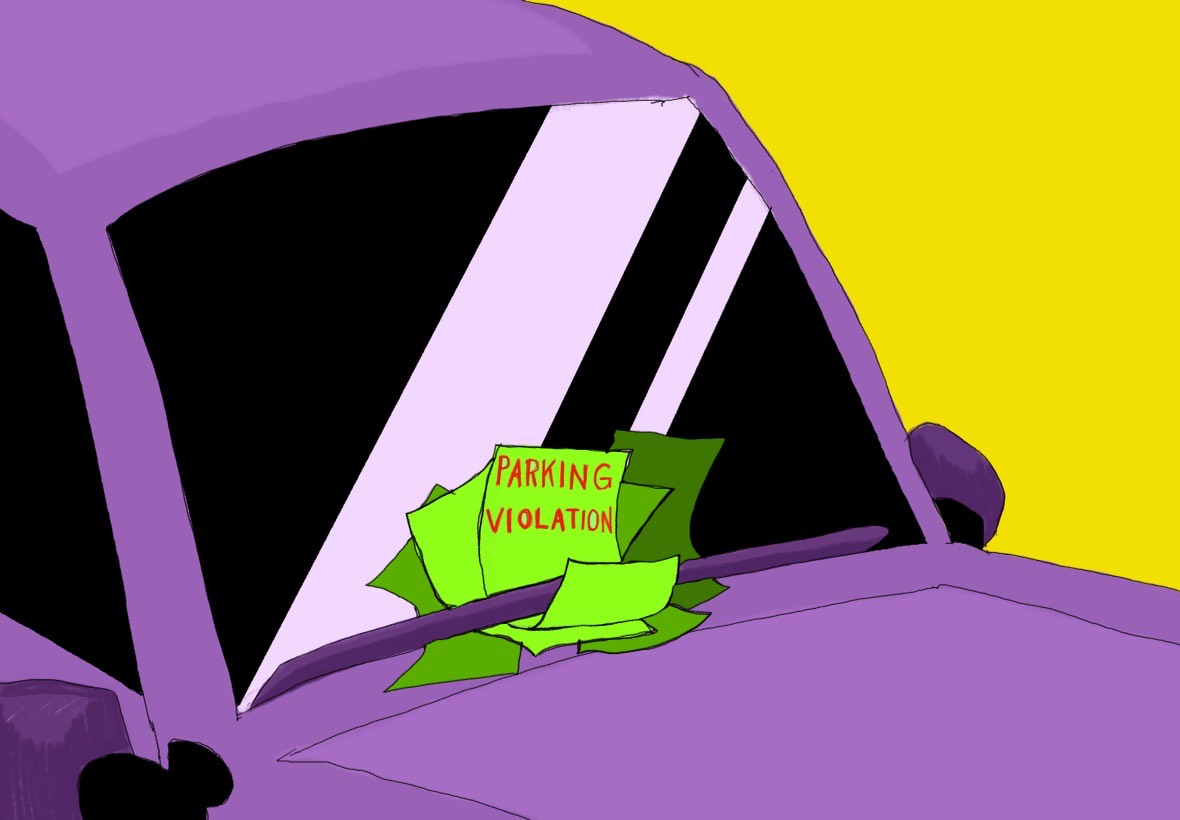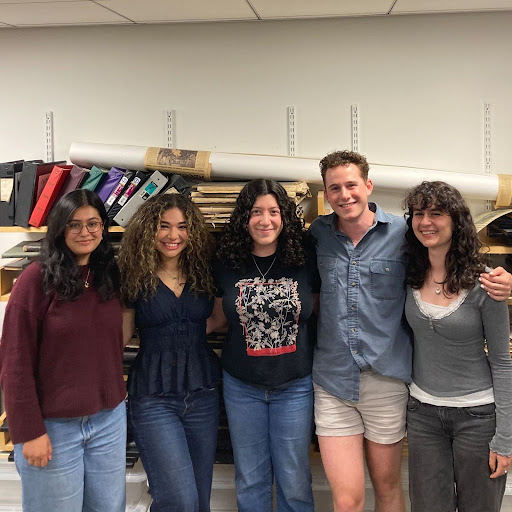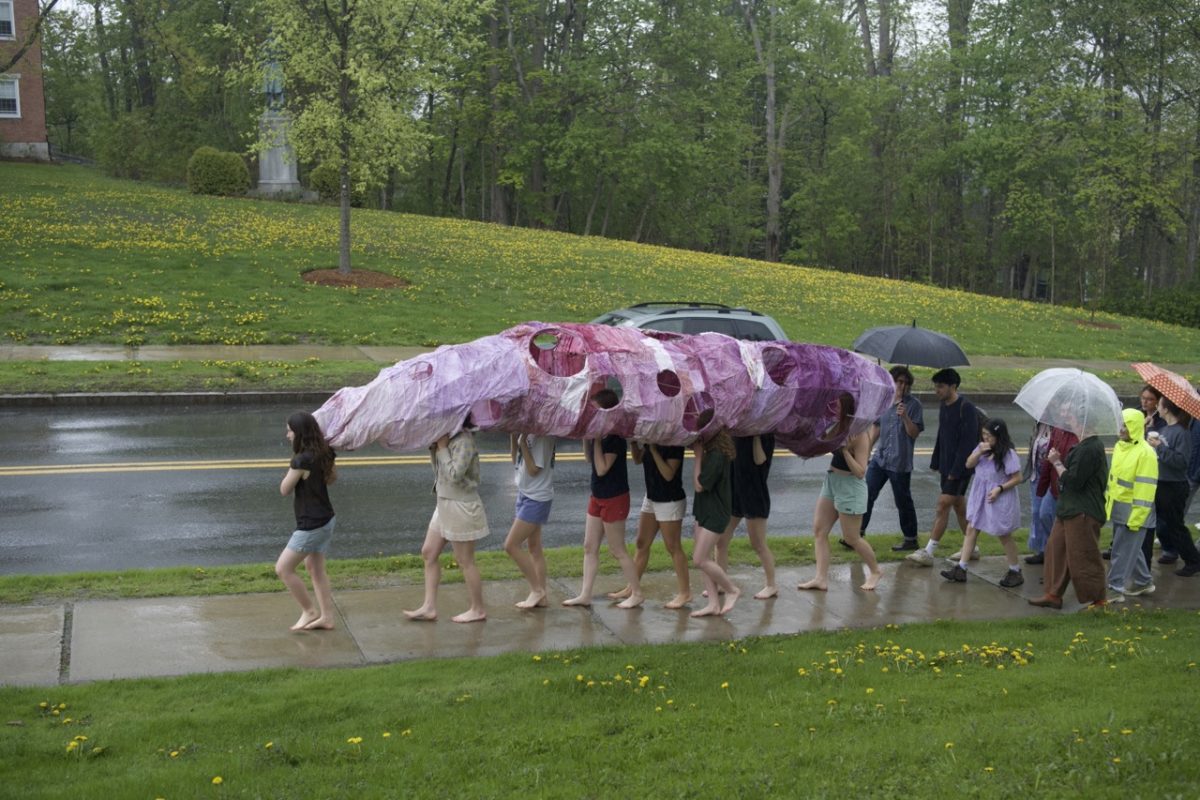Many of the College’s staff take a central role in the teaching mission of the College, and Campus Safety and Security (CSS) officers are no exception. The College’s Physical Education department has offered a class called Rape Aggression Defense (RAD), a self-defense program taught primarily by two CSS officers, Associate Director Alison Warner and Officer Erik Kristensen. RAD is a women-only class that teaches students how to identify dangerous situations and fight off attackers. I sat down with Warner and Kristensen to discuss their experiences teaching the class, how it has changed over the years and how the program can improve.
JP: How long have you been teaching RAD?
AW: I’ve been teaching RAD about nineteen years.
EK: I’m in my fifteenth year at the College and fourteenth year of [teaching] RAD.
JP: What made you want to get involved with the RAD program?
AW: I’ve taken karate in the past, so self-defense has always been a part of not only my exercise but [something I do] for myself. So, ironically, when I interviewed here… they said, “We have this program – it’s a women’s self-defense program,” and I said, “That’s perfect” because it went hand-in-hand with several years of karate.
EK: I was asked by the director… if I would get involved in it and I said I would and I’m glad I did. Years ago, my sister, she got abducted-slash-taken away, and she was able to use psychology and talk her way out of the situation. She didn’t really have to get physical with this person. Once I got into the program and started learning all the different stuff, I learned it’s definitely good to know. It’s nice to be able to teach it.
JP: What has changed since you started teaching RAD?
AW: I think what has changed is society as a whole has gotten more violent. Students through the RAD class have learned that a lot of students have had different incidents, whether it could be a sexual assault or it could be even something a lot less extreme, like a pickpocketing, but a lot of the students taking the class have said that they have already had previous encounters or previous incidents, and that kind of inspired me to keep on with the program and develop it to what it is now.
JP: RAD forces you to get really personal really fast with strangers. Is that hard for students?
AW: What I kind of find hard is learning from some of the incidents that people have encountered, and some of them are very traumatic and others, like maybe a pickpocketing, are less traumatic but still traumatic… We really leave it up to the individuals to let us know if they can’t do something or feel uncomfortable doing something, and we’ll just follow up and make sure that they’re OK and just to reinforce that they’re safe here, they don’t have to do that part but [ask] “Is there another tool we can maybe use, if you don’t feel uncomfortable, that you’ll have in your toolbox?” Because we want everyone to leave with something, so if for some reason they’re not able to perform that one technique, we try to find that one form that they can do.
JP: You talked a little about modifying the techniques. Have any of the moves or the literature you provide changed at all over the years?
EK: Part of the basic program was weapons training. Guns and knives, all that. We’ve made that a separate class. There have been some small changes, but all in all a lot of the techniques have been the same.
AW: I would probably say the one bad thing is that the basic manual is very outdated. Because it is a sanctioned program, we can modify a technique to make it work, but we can’t change that whole manual. We tell the students, “Bear with us” because we do cover a lot of it, because it’s the program and you have to. But that is some of the stuff that is very outdated. We go to the conference every few years and we brought that up: “Have you gotten any other complaints from students or instructors saying that your manual’s outdated?” we asked. And, yes, they’ve been told that. I don’t know why they don’t update it, because it really isn’t inclusive of everyone.
JP: What is your favorite move to teach?
EK: Some of the simple ones are the most effective.
AW: Like the finger roll.
JP: Can you describe how the finger roll works?
AW: Essentially, it’s just being able to lock onto a finger or several fingers and just kind of locking them out a little bit so you’re able to control a person if their arm is around you.
EK: It’s done in close. If somebody puts their arm around you and you’re walking together and you reach across and grab their hand that’s on your shoulder, you grab their fingers and you step out.
AW: You lock it up. A lot of the techniques are just getting control, and how do you get control over somebody? Just locking out joints.
EK: For myself, I would have to say [teaching] the ground defense. Because I think a lot of the students, when we demonstrate the way you get somebody off you … I think that’s pretty eye-opening for them, because you may assume that you’re not going to be able to move somebody who’s on you that weighs 200 pounds, but you can. It’s pretty simple and easy to do.








